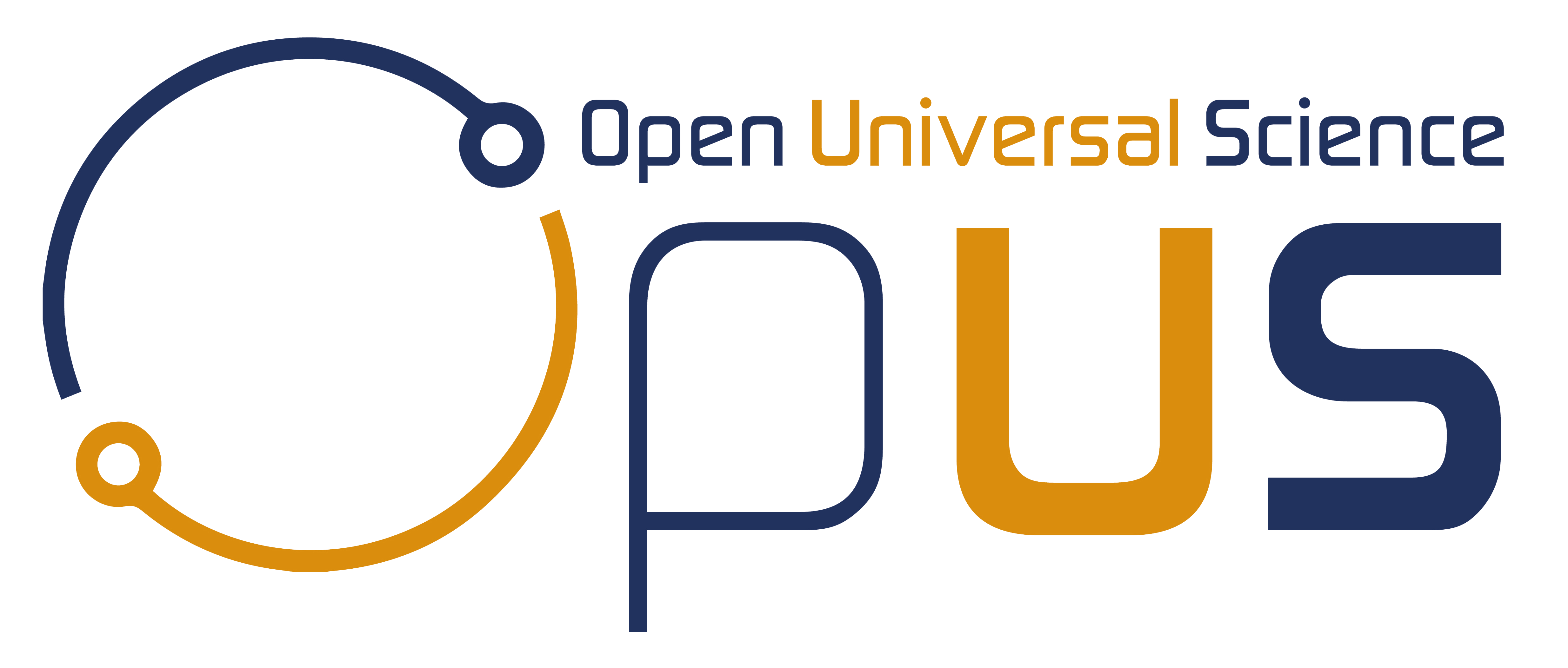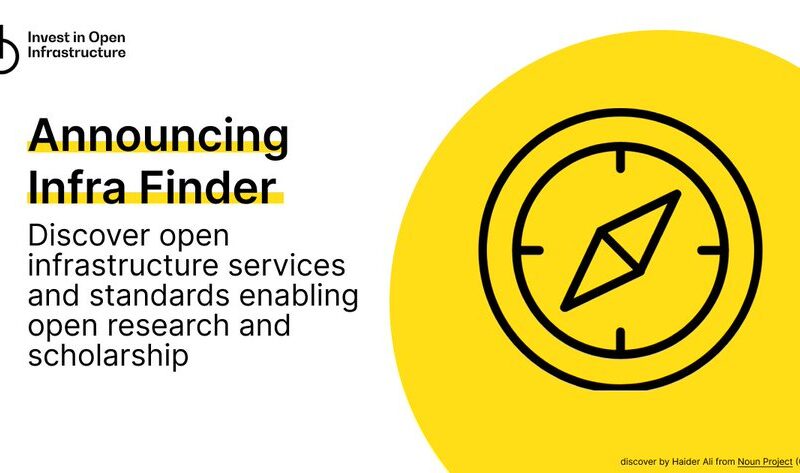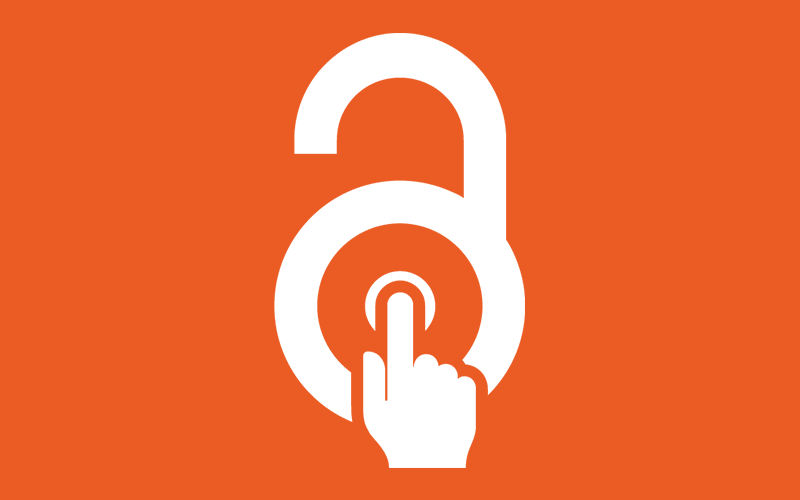
Open Science Data Citing
Open Science Data Citing https://opusproject.eu/wp-content/uploads/2023/05/shutterstock_424301980-1024x576.jpg 1024 576 Open and Universal Science (OPUS) Project Open and Universal Science (OPUS) Project https://opusproject.eu/wp-content/uploads/2023/05/shutterstock_424301980-1024x576.jpgOpen science has brought a revolutionary change in the world of research and scholarly communication by making scientific knowledge more accessible and transparent. With the increasing adoption of open science practices, data sharing has become an essential component of scientific research. However, with the abundance of data sources available, proper data citing has become crucial to maintain the integrity of research and to ensure that credit is given where it is due.
Data citing refers to the process of attributing a data source to its originator and acknowledging its contribution to the research. It serves as a means of giving credit to the data provider and also helps researchers to track the source of the data they are using. Proper data citing is essential for transparent and reproducible research, which is a cornerstone of open science.
Here are some guidelines for proper data citing in open science:
- Provide a persistent identifier: When citing a data source, it is important to provide a persistent identifier that uniquely identifies the dataset. This could be a Digital Object Identifier (DOI), Uniform Resource Locator (URL), or any other standardized identifier that ensures that the data source can be accessed and referenced in the future.
- Include descriptive metadata: Descriptive metadata should be included in the citation to help others understand the content of the data. This may include information such as the title, author, date of creation, and a brief description of the data.
- State the access conditions: Access conditions should be clearly stated in the citation, including any restrictions on the use of the data. This helps others understand how the data can be used and whether permission is required to access the data.
- Give credit to the data provider: The data provider should be acknowledged in the citation, including their name, affiliation, and any other relevant information that helps identify the source of the data.
- Provide a date of access: When citing a data source, it is important to include the date on which the data was accessed. This helps others understand the context of the data and whether any changes may have been made since it was accessed.
- Use a standard citation style: Just as with citing other types of sources, it is important to use a standardized citation style when citing data sources. This helps ensure consistency and allows others to easily locate and understand the citation.
Proper data citing is essential for open science and is crucial to maintaining the integrity and transparency of research. By following these guidelines, researchers can ensure that credit is given where it is due, data sources can be accurately tracked and accessed, and research can be reproducible and transparent.
- Post Tags:
- #OpenScience
- EU
- Research
- Posted In:
- Open Science News




